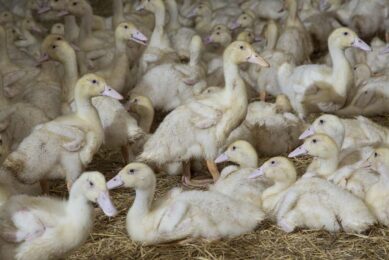Biologists look in wrong direction for bird flu
Researchers have reported that birds from Latin America – not from Alaska – are most likely to bring bird flu to the US, sparking fears that the government might miss the virus because biologists have been looking in the wrong direction.
Findings in the latest Proceedings of the National Academy of Sciences indicate that the current $29 million bird flu surveillance program is focusing strongly on birds flying from Asia to Alaska, which present a much lower risk than other birds.
Researchers this year have collected tens of thousands of samples from wild birds nesting on frozen tundra before making their way south, but may have neglected the migratory birds that make their way north from South America through Central America and Mexico, where controls on imported poultry are not as tough as in the US and Canada.
The study concluded that “current American surveillance plans that focus primarily on the Alaskan migratory bird pathway may fail to detect the introduction of H5N1 into the United States in time to prevent its spread into domestic poultry.”
Nations south of the US import hundreds of thousands of chickens a year from countries where bird flu has turned up in migratory birds or poultry, said A. Marm Kilpatrick, lead author of the study.
If bird flu arrives in Mexico or somewhere farther south, it could be a matter of time before a migratory bird carries the virus to the United States, Kilpatrick said. “We need to be looking both south and north.”
Agriculture Department officials said they are not focusing exclusively on Alaska.
More resources have been spent in Alaska than in other states so far, but testing is happening throughout the lower 48, and the US is even helping Mexico do surveillance, said Tom DeLiberto, the department’s National Wildlife Disease Coordinator.
Join 31,000+ subscribers
Subscribe to our newsletter to stay updated about all the need-to-know content in the poultry sector, three times a week. Beheer
Beheer








 WP Admin
WP Admin  Bewerk bericht
Bewerk bericht